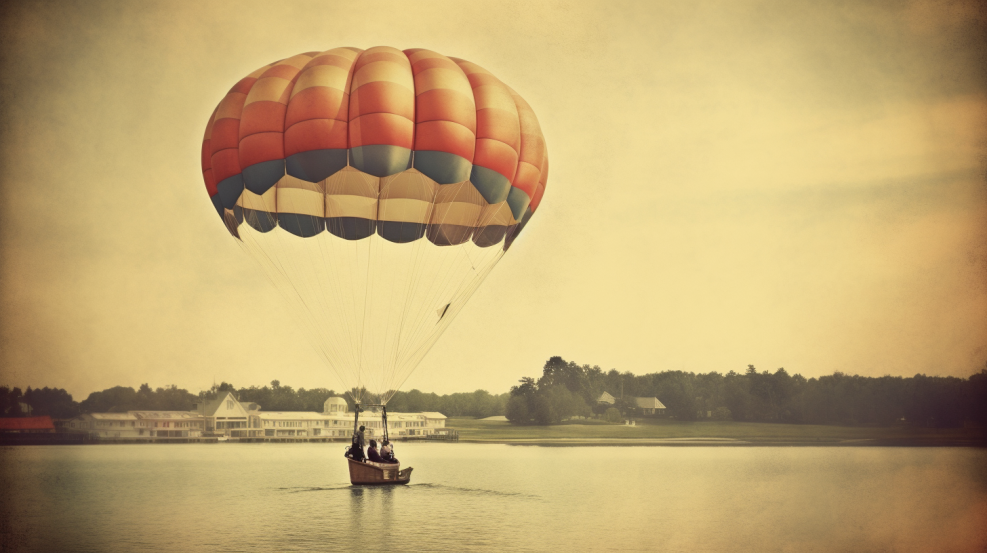Adventurous souls have always sought out unique ways to experience the thrill of soaring through the air and feeling the wind rush past them. One such exhilarating activity that has captivated the imagination of many is parasailing. With its origins deeply rooted in both history and innovation, parasailing has transformed from a rudimentary experiment to a well-regulated and popular recreational activity enjoyed by people all around the world. This article takes a closer look at the history and evolution of parasailing, tracing its journey from humble beginnings to modern-day adventure tourism.
Early Beginnings: The Conception of a Dream
The origins of parasailing can be traced back to an innate human desire to fly. Ancient drawings and myths depict humans attempting to replicate the flight of birds using simple contraptions. It wasn’t until the late 20th century, however, that the concept of parasailing truly began to take shape.
In the early 1960s, Pierre-Marcel Lemoigne, a French engineer, and Pierre-Marcel Lemoigne, developed what is considered the earliest form of parasailing. Their invention, initially termed “parascending,” involved a parachute-like canopy attached to a towrope, with a person harnessed to it. The canopy was inflated by the wind as the person was towed behind a boat. This early incarnation of parasailing laid the groundwork for further innovation and experimentation.
The Evolution: Advancements in Design and Safety
As the years progressed, parasailing experienced significant advancements in design and safety measures. The introduction of more durable materials and better harness systems led to increased stability and comfort for participants. Additionally, the use of winches and hydraulic systems for launching and retrieval enhanced the overall experience and reduced the risks associated with traditional methods.
The 1980s marked a pivotal era for parasailing, with its popularity growing as an adventure sport. Countries with coastal regions and abundant water bodies embraced parasailing as a way to cater to tourists seeking unique and adrenaline-pumping activities. Parasailing quickly transitioned from being a niche experiment to a bona fide industry, with companies offering commercial parasailing experiences in various scenic locations.
Safety Regulations and Standardization
As with any adventure sport, safety concerns arose as parasailing gained popularity. Incidents involving equipment failures and accidents prompted the need for standardized safety regulations. Regulatory bodies and industry associations began to establish guidelines for equipment maintenance, operator training, and participant briefing. These measures significantly contributed to making parasailing a safer and more accessible activity for enthusiasts.
The Modern-Day Experience
In the present day, parasailing has become an integral part of the global adventure tourism industry. Thrill-seekers and travelers alike can be found enjoying parasailing in exotic locations, taking in breathtaking views from high above the water. Modern parasailing equipment is designed with a strong emphasis on safety, using state-of-the-art materials and technology to ensure a secure and enjoyable experience.
Furthermore, parasailing has diversified to offer various experiences beyond the traditional method. Tandem parasailing, where two people are harnessed together, has gained popularity for those who wish to share the adventure with a friend or family member. Additionally, innovations like the “parasail winch boat” have made takeoffs and landings smoother, minimizing the physical demands on participants.
Conclusion: Soaring into the Future
The history and evolution of parasailing exemplify how human curiosity and ingenuity can transform a simple idea into a global phenomenon. From its early beginnings as an experimental concept to its current status as a regulated adventure activity, parasailing has captured the hearts of those who seek an exhilarating experience above the sea. As technology continues to advance and safety measures improve, the future of parasailing holds the promise of even more thrilling and awe-inspiring adventures for generations to come.

